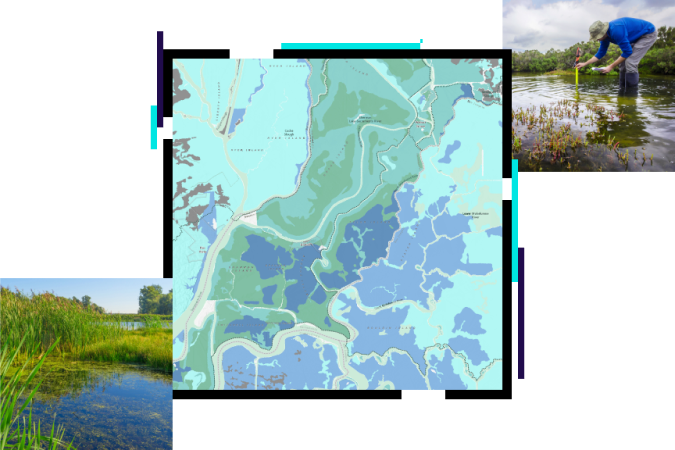
Water
Geometric Networks
with ArcMap offer a way to model common networks
and infrastructures found in the real world.
Saving hundreds of thousands of dollars
To address aging infrastructure, leaks, and the potential for severe main breaks, White House Utility District in Tennessee provides wide access to GIS data and water-loss apps. Now staff can quickly isolate underground leaks, respond faster to main breaks, and prioritize capital improvement spending based on GIS data.
Intelligent water systems start here
Location influences all aspects of managing water—from protecting a sustainable water supply to delivering safe drinking water. Advanced mapping and spatial analytics reveal relationships and patterns, answer complex questions, and help users make informed decisions in both the office and the field.

Analytics
Discover relationships in your data, such as areas of high risk due to pollutants or aging infrastructure. Detect problems before they can occur.
Workflows
Standardize and improve daily processes between the office and the field. Share information with anyone, anywhere, anytime.
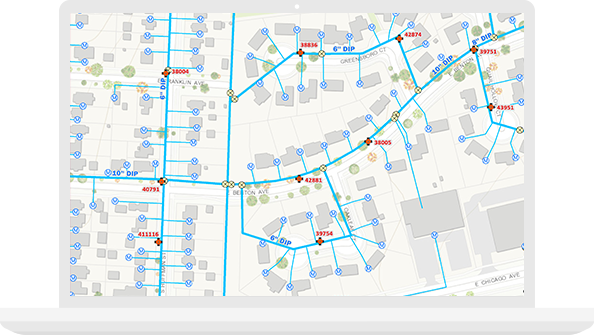
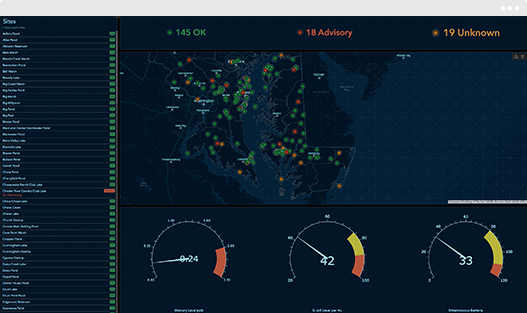
Collaboration and engagement
Share detailed maps and reports with internal and external stakeholders. Transform meetings, hearings, and community engagements with interactive apps.
EXPLORE A REAL-LIFE SCENARIO
Early detection warns of possible water contamination
Real-time water quality sensors pick up possible contamination in the river. Office personnel receive alerts. Staff view a web map showing that the alerts are downstream from industrial facilities.
EXPLORE A REAL-LIFE SCENARIO
Field crew confirms tanker discharge
Office staff dispatch a field crew to investigate the alert. The crew arrives on-site and finds a leaking tanker truck. Contamination is confirmed and reported. Water organizations downstream are notified to take action.
EXPLORE A REAL-LIFE SCENARIO
Powerful analytics provides insight into mitigation steps
Pollutant arrival times are calculated to close appropriate water supply intakes. Capacity modeling is performed to determine the amount of potable supply for customers. Business systems integration identifies priority customers and appropriate levels of service.
EXPLORE A REAL-LIFE SCENARIO
Utility issues public notification of water restriction
A public-facing web portal displays maps and information about water restrictions. Cleanup measures are provided in real time, showing updates as they occur.
Case Study
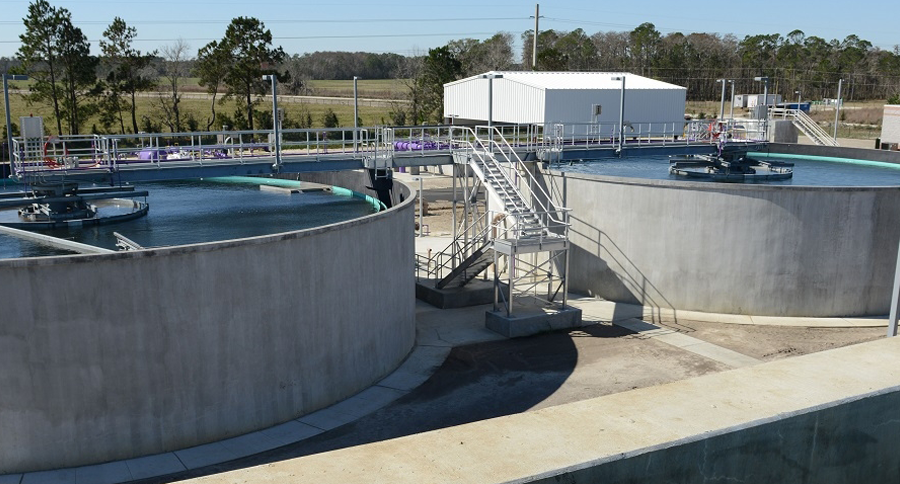
St. Johns County Utilities
Uses ArcGIS Insights to Analyze Cityworks Asset Management for Making Business Decisions
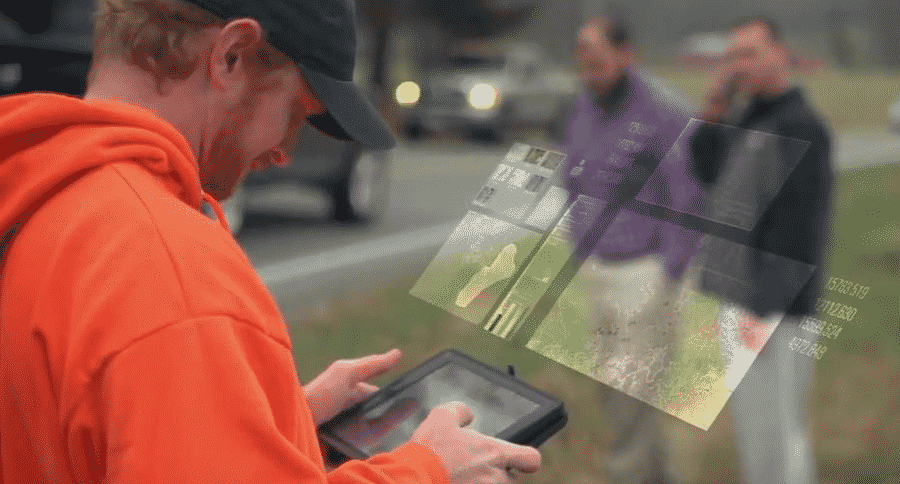
White House Utility District
uses the ArcGIS Platform as their cornerstone to get all the information they need on a daily, monthly and yearly basis
Related
Geometric Networks
with ArcMap offer a way to model common networks
and infrastructures found in the real world.
Saving hundreds of thousands of dollars
To address aging infrastructure, leaks, and the potential for severe main breaks, White House Utility District in Tennessee provides wide access to GIS data and water-loss apps. Now staff can quickly isolate underground leaks, respond faster to main breaks, and prioritize capital improvement spending based on GIS data.
Intelligent water systems start here
Location influences all aspects of managing water—from protecting a sustainable water supply to delivering safe drinking water. Advanced mapping and spatial analytics reveal relationships and patterns, answer complex questions, and help users make informed decisions in both the office and the field.
Analytics
Discover relationships in your data, such as areas of high risk due to pollutants or aging infrastructure. Detect problems before they can occur.

Workflows
Standardize and improve daily processes between the office and the field. Share information with anyone, anywhere, anytime.

Collaboration and engagement
Share detailed maps and reports with internal and external stakeholders. Transform meetings, hearings, and community engagements with interactive apps.

EXPLORE A REAL-LIFE SCENARIO
Early detection warns of possible water contamination
Real-time water quality sensors pick up possible contamination in the river. Office personnel receive alerts. Staff view a web map showing that the alerts are downstream from industrial facilities.
EXPLORE A REAL-LIFE SCENARIO
Field crew confirms tanker discharge
Office staff dispatch a field crew to investigate the alert. The crew arrives on-site and finds a leaking tanker truck. Contamination is confirmed and reported. Water organizations downstream are notified to take action.
EXPLORE A REAL-LIFE SCENARIO
Powerful analytics provides insight into mitigation steps
Pollutant arrival times are calculated to close appropriate water supply intakes. Capacity modeling is performed to determine the amount of potable supply for customers. Business systems integration identifies priority customers and appropriate levels of service.
EXPLORE A REAL-LIFE SCENARIO
Utility issues public notification of water restriction
A public-facing web portal displays maps and information about water restrictions. Cleanup measures are provided in real time, showing updates as they occur.
Case Study

St. Johns County Utilities
Uses ArcGIS Insights to Analyze Cityworks Asset Management for Making Business Decisions

White House Utility District
uses the ArcGIS Platform as their cornerstone to get all the information they need on a daily, monthly and yearly basis


